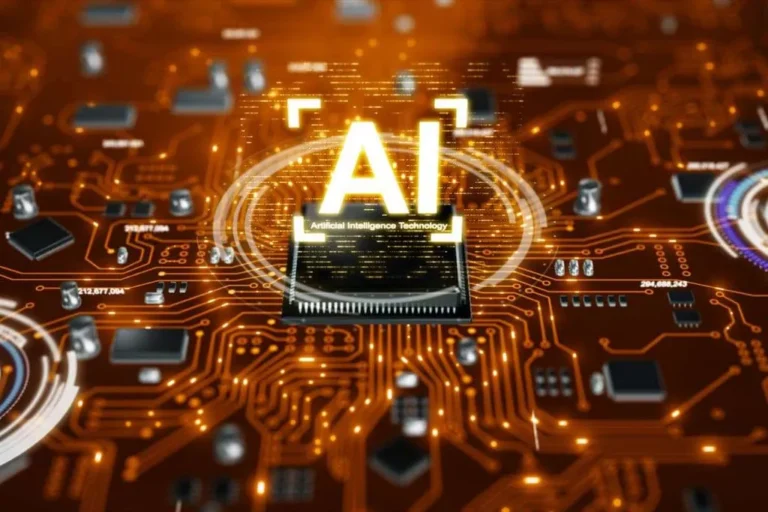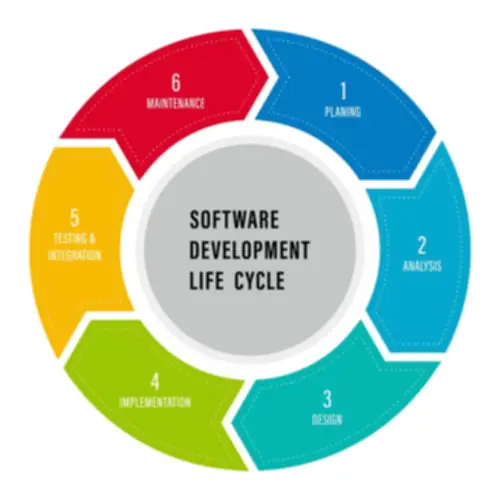Кто Такой Ios-разработчик: Как Им Стать И Чем Он Занимается
November 16, 2023Topic no 652, Notice of underreported income CP2000 Internal Revenue Service
November 23, 2023CI enables scaling by eradicating any organizational dependencies between development of individual features. Developers can now work on options in an isolated silo and have assurances that their code will seamlessly integrate with the rest of the codebase, which is a core DevOps process. The delivery part is responsible for packaging an artifact collectively to be delivered to end-users. This construct section is stored ‘green,’ which means that the artifact ought to be ready to deploy to users at any given time. Continuous integration, deployment, and delivery are three phases of an automatic software launch pipeline, together with a DevOps pipeline. Continuous integration covers the method of a quantity of builders attempting to merge their code adjustments http://www.delphirus.com/progdel-111.html with the primary code repository of a project.
The Devops Pipeline: How It Works And The Method To Build One

Harness CI is designed to accelerate your builds and exams, offering lightning-fast performance through clever caching and optimized cloud builds. With Harness’ Test Intelligence, you’ll find a way to optimize your test execution, specializing in the most important tests and lowering suggestions cycle occasions. With Harness Cache Intelligence, Docker Layer Caching, and Build Intelligence, you’ll be able to cache all of the relevant parts of the construct – software program dependencies, docker layers, and build outputs. Provide pre-built integrations and templates for well-liked instruments and platforms to attenuate the necessity for custom scripting.
- Any small delay in the CI workflow will compound exponentially as the rate of function releases, team size, and codebase measurement grows.
- This means that builders can configure Jenkins to automate any side of their improvement process.
- During this deployment, the artifact that was generated within the construct section is copied onto the online servers.
- Following CI, CD automates the deployment of the software to manufacturing environments, ensuring that new code adjustments are launched effectively and reliably.
How Do Ci/cd Instruments Support Containerization Strategies?
Enterprises are making their strikes towards DevOps methodologies and Agile tradition to accelerate supply pace and ensure product quality. In DevOps, a steady and automated delivery cycle is the backbone that makes quick and reliable supply possible. The Argo Project is a Kubernetes-native collection of tools released by the Cloud Native Computing Foundation (CNCF). It has a steady deployment sub-project known as Argo CD, which is what I evaluated. As the primary software to supply free, open-source CI companies, Travis CI is probably considered one of the longest-running options in the CI/CD area. Today, it provides paid plans as properly, however it’s nonetheless a stable software, for my part.
Devops Roadmap 2024: How To Become A Devops Engineer In 8 Steps
Without a sturdy CI pipeline, a disconnect between the engineering staff and the the rest of the organization can form. Engineering turns into a black field which the rest of the team inputs requirements and options and possibly will get expected results again. It will make it harder for engineering to estimate time of supply on requests as a outcome of the time to integrate new adjustments turns into an unknown threat. Let’s focus on these CI instruments in detail as they differ in features, pricing, scalability, and integration choices. Hence, the selection of CI software often depends on the precise needs of the event staff and the project requirements.
Steady Integration Greatest Practices

Open source is a wonderful method for developers to learn new expertise and collaborate within a bigger open source neighborhood. Open source software, in turn, benefits from the new ideas and creative problem-solving from an engaged neighborhood. Teams can opt for open supply CI or a pay-per-user answer, every with their own professionals and cons.
From ThoughtWorks, GoCD is an open-source software to construct and launch software that supports modern infrastructure on CI/CD. With the overflowing variety of CI/CD tools out there available in the market, teams could wrestle to need to make difficult choices to pick the right instruments. This record incorporates the “Best 14 CI/CD tools within the market”, together with their key options, to make the selection process easier for you and your team.

Different pieces of code didn’t all the time work well together and developers integrated their modifications on completely different timelines—and generally on the final minute—so suggestions on integration issues was often delayed. Delays related to inconsistent integrations made it more durable for teams to determine out which change introduced the bug, so debugging also turned an arduous course of. When the code is submitted, CI tools verify each integration by creating an iteration of the build and operating a battery of automated exams to detect and tackle integration errors extra shortly.
Its features embody worth stream mapping, cloud native deployments, complicated workflow modeling, and superior traceability. CI tools enable builders to merge code into a shared central repository regularly by automating time-consuming duties and making it easier to back-track to a previous state. The instruments automatically construct and test the code, keeping it in a perpetually deployable state. Specifically, they carry out the code check-in, construct course of, integration to the mainline software, and testing. The remaining hand-offs from one stage to another within the lifecycle are all handbook.
However, it’s important to match functionality in opposition to your individual necessities and consider how your initiatives are prone to evolve in future. Configuring your automated CI/CD pipelines includes every thing from specifying the trigger that will provoke every pipeline run to figuring out the conduct in the occasion of a failed build or take a look at. Making builds available to stakeholders and testers can cut back the quantity of rework needed when rebuilding a characteristic that doesn’t meet requirements. Additionally, early testing reduces the possibilities that defects survive until deployment. Finding errors earlier can scale back the amount of labor necessary to resolve them. Continuous supply and continuous deployment are sometimes carried out along side CI and together type a CI/CD pipeline.
A continuous integration (CI) server is a dedicated system or service that automates the processes of integrating, building, testing, and deploying code changes in a software development project. The CI server screens the code repository for any new commits or changes, and when changes are detected, it automatically triggers the predefined CI pipeline. Jenkins is an open-source automation server in which the central build and steady integration course of take place.

Semaphore is a hosted steady integration and deployment platform for each open supply and private initiatives. While open source initiatives can use Semaphore free of charge, non-public initiatives are restricted or have to be paid for on a subscription foundation. Features of the platform include native Docker support, customizable levels, parallel execution, control circulate switches, secrets and techniques and dependency administration. Compared to other CI tools, Semaphore chooses to focus on efficiency and is typically quicker. GoCD is an open source software development device that automates the continuous delivery (CD) of software program.
These actions invoke the required containers and integrate them for seamless communication. Once the containers are began, the workflow runs tests towards the outlined actions. Bitbucket Pipelines makes use of Docker containers to execute the steps in your pipeline. This means that each step in your pipeline will run in its own container. This has a number of advantages, together with isolation of each step from the others and constant execution environments for every step. GitLab Container Registry is a non-public registry of Docker photographs that comes integrated with GitLab CI, making it easy to bundle your functions and run them in any surroundings.
It is a free and open-source automation server for web-based and on-premises projects. Developed in Java, it includes packages for Unix-like, Windows, and macOS working systems. Jenkins can be in style as a end result of it works with hundreds of plugins to automate the construct and deploy phases of software improvement. Modern-day DevOps practices involve steady development, testing, integration, deployment, and monitoring of software purposes all through a improvement life cycle. And while most modern-day initiatives use a strong CI/CD pipeline, they don’t all use the identical one.